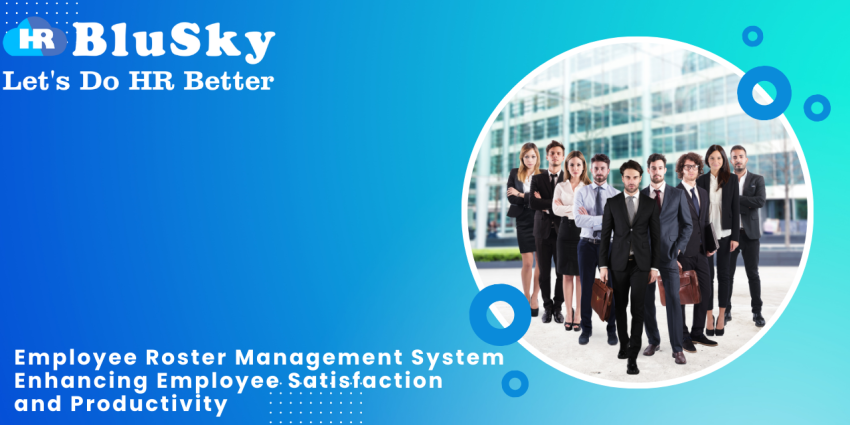In conclusion, Employee Roster Management Systems play a crucial role in enhancing both employee satisfaction and productivity within organizations. By providing flexibility in scheduling, improving communication, ensuring fairness and transparency, and empowering management, ERMS creates a positive work environment conducive to employee engagement and high performance. Investing in an ERMS is not only a strategic decision but also a commitment to the well-being and success of your workforce.

Menu

Menu








